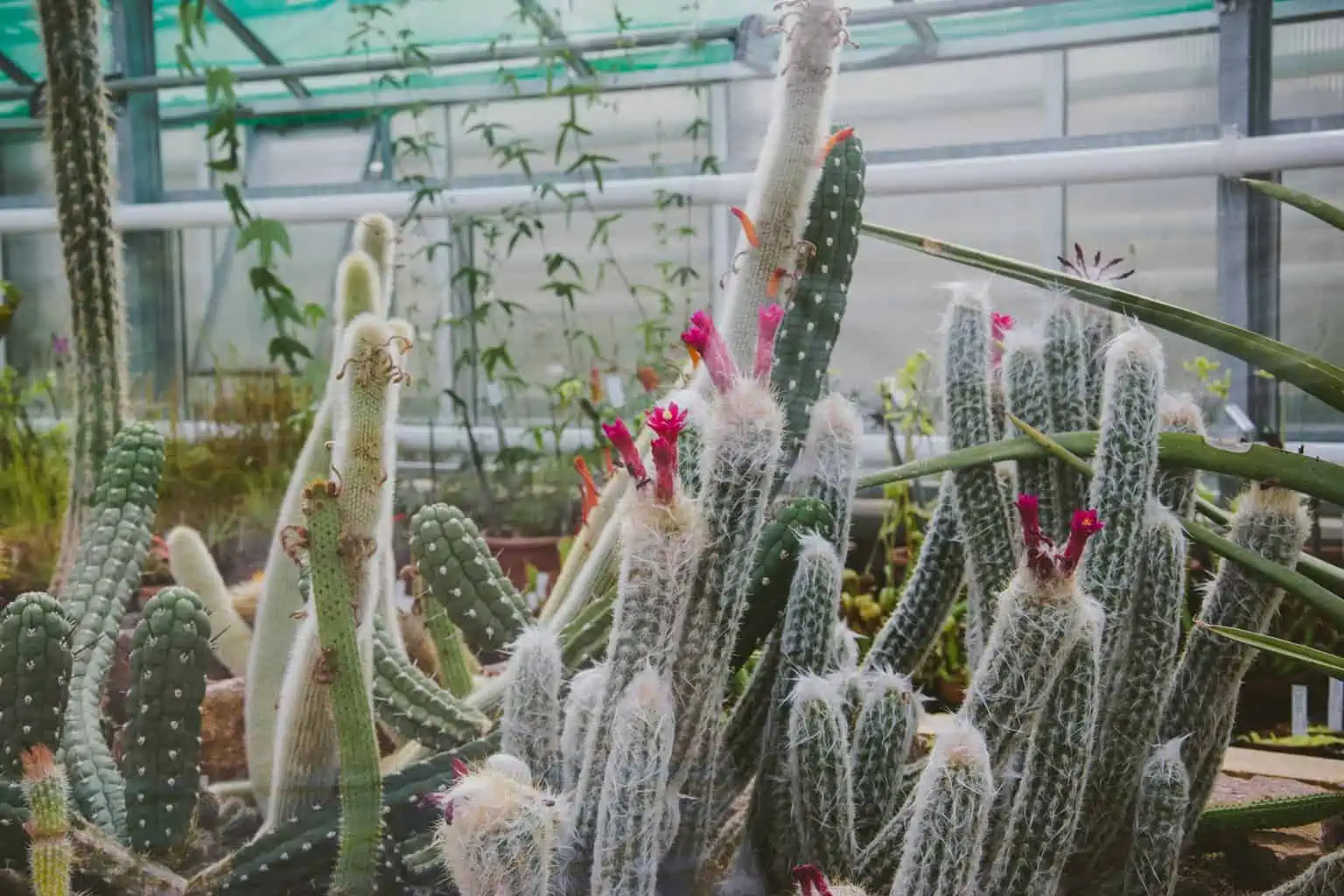The Old Man Cactus, scientifically known as Cephalocereus senilis, beckons with its particular allure. Resembling a wizened sage with long white hair, this cactus stands as a testament to the wonders of adaptation in the plant kingdom. Appreciating its beauty extends beyond mere aesthetics—it promises a transformation in our perspective on desert flora. This article delves into the nuances of Old Man Cactus care, its peculiar growth habits, and captivating facts that underscore its uniqueness.
Understanding the Old Man Cactus: A Stalwart of the Desert
The Old Man Cactus is native to the arid landscapes of Mexico, where it thrives in conditions that would be inhospitable to many other plants. It can reach impressive heights, often growing up to 15 feet tall, with a unique cylindrical shape that supports its towering stature. The ‘hair’ that adorns its surface is actually a dense mat of white, silky spines, which serve multiple purposes: providing a barrier against the scorching sun and minimizing water loss through evaporation.
These spines give the cactus its iconic appearance but also act as a form of camouflage, allowing it to blend into the sandy terrain. This evolutionary trait exemplifies the remarkable adaptations that enable survival in extreme environments. To truly appreciate the Old Man Cactus, one must understand its intrinsic qualities and how they relate to the challenges of its native habitat.
Caring for Your Old Man Cactus: An Art and a Science
When cultivating an Old Man Cactus, one enters a dialogue with nature. Proper care is crucial for ensuring the health and longevity of this striking plant. Below are some essential care tips that will help you nurture a thriving specimen in your home or garden.
Optimal Lighting Conditions
Light is paramount for the growth of the Old Man Cactus. This plant flourishes best in full sun conditions, ideally receiving at least six hours of direct sunlight per day. A south or west-facing window is ideal for indoor plants, while outdoor planting should emphasize well-lit, unobstructed areas. Insufficient light can precipitate etiolation, resulting in a stretched, leggy appearance that detracts from its characteristic form.
Watering Regimen: A Delicate Balance
Watering can often confound even the most seasoned plant enthusiasts. The Old Man Cactus prefers a deep yet infrequent watering approach. During the growing season (spring to summer), allow the soil to dry out completely between waterings. A general guideline is to water every two to three weeks, depending on humidity and temperature conditions. In winter, a dormant phase necessitates even less frequent watering, potentially reducing it to once a month. Overwatering is a common pitfall that can lead to root rot, a grave threat to this resilient plant.
Soil Distribution and Potting Strategies
Your Old Man Cactus requires a swift-draining soil mix to replicate its arid origins. Commercial cactus potting mixes are excellent, but you may also create a bespoke blend using components like coarse sand, perlite, or pumice. Ensure that your pot has adequate drainage holes to facilitate the free flow of excess water. Repotting should occur every couple of years to refresh the growing medium and provide additional space for growth.
Temperatures and Humidity Preferences
The Old Man Cactus thrives in warm temperatures ranging from 70°F to 100°F (21°C to 38°C) during the day, with cooler evenings that can dip to around 50°F (10°C). It’s worth noting that this cactus possesses a remarkable resilience to temperature fluctuations. Humidity, on the other hand, should be kept low, as excessive moisture can lead to stagnation and vulnerability to pests and diseases.
Growth Patterns: A Journey Through Time
The growth of an Old Man Cactus is a slow, deliberate process. Young cacti may take several years to reach even a foot in height. However, with patience and proper care, they can achieve impressive dimensions as they mature. The plant’s growth rate may also be influenced by its environment, with well-lighted and nourished specimens demonstrating marked vigor.
Unique Breeding and Propagation Techniques
Propagation of the Old Man Cactus is a rewarding endeavor for enthusiasts. This can typically be achieved through offsets, seeds, or cuttings. Offsets, which are small pups that sprout from the base of the parent cactus, are particularly straightforward and can be carefully severed and transplanted. In the case of seeds, ensure they are sown in a well-draining medium, kept warm, and adequately hydrated to encourage germination.
Fun Facts: Quirks of the Old Man Cactus
Beyond its striking appearance and care requirements, the Old Man Cactus boasts an array of fascinating characteristics that heighten its intrigue. Heightened curiosity can lead to appreciation, and these fun facts will usher in a broader understanding of this species.
1. Lifespan and Maturity: An Old Man Cactus can live for many decades, with some specimens reported to exceed 100 years of age. As they mature, they may eventually develop a more branched structure, enhancing their picturesque profile.
2. A Haven for Wildlife: The dense spines of the Old Man Cactus provide shelter and nesting sites for various desert wildlife, including birds and small mammals. It serves not only as a striking ornamental feature but as a vital component of its ecosystem.
3. Cultural Significance: The Old Man Cactus holds an esteemed place in Mexican culture and is often celebrated in art and folklore. Its evocative form has inspired many to draw parallels between its resilience and human experience.
Concluding Thoughts: Fostering a Symbiotic Relationship
In sum, caring for the Old Man Cactus is more than a horticultural practice; it is an invitation to forge a connection with one of nature’s resilient creations. By understanding its needs and growth patterns, one can appreciate the complex interplay of survival, adaptation, and beauty in arid ecosystems. Through this understanding, gardeners and plant enthusiasts alike can cultivate a deeper respect for not only the Old Man Cactus but for the myriad of life forms that inhabit our world.





Leave a Comment